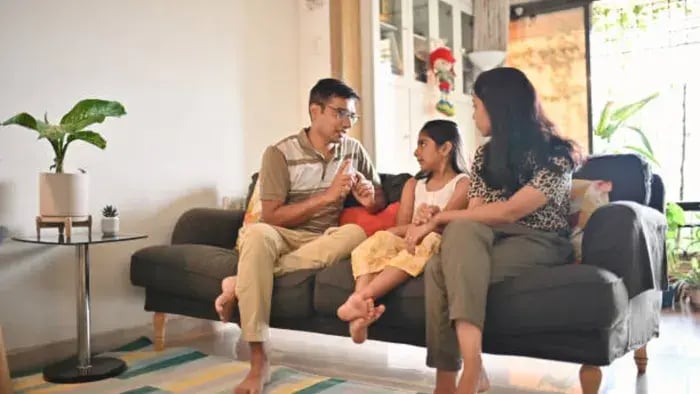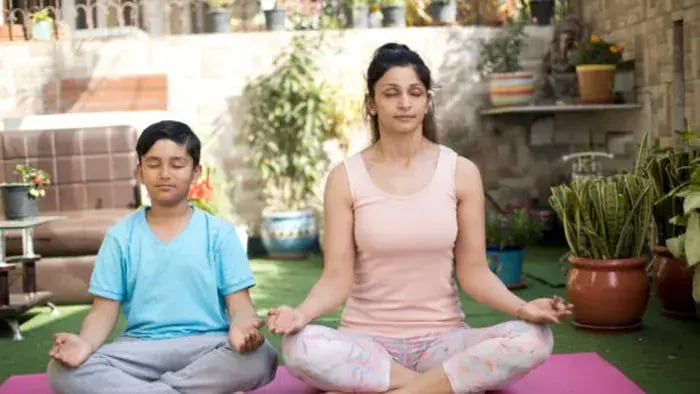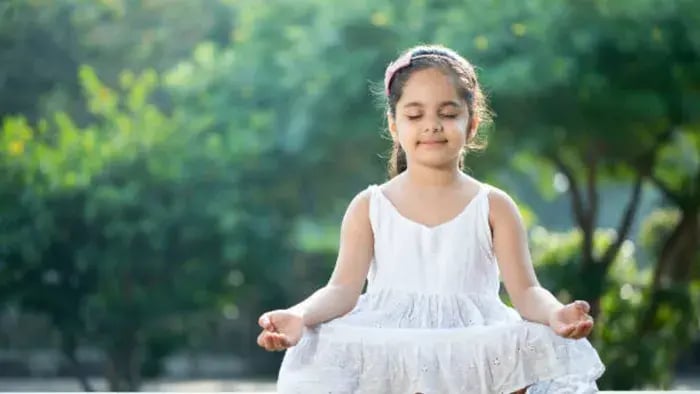Practical Tips to Reduce Anxiety in Children and Teens
- Create a Calm Daily Routine
- Talk, Listen, and Don’t Judge
- Encourage Deep Breathing and Relaxation
- Get Moving Every Day
- Support Good Sleep Habits
- Build Confidence Through Small Successes
- Offer a Safe Space to Express Emotions
- Know When to Seek Extra Help
Introduction
Feeling anxious from time to time is normal, even for kids and teens. Whether it’s schoolwork, changes in friendships, or the pre-exam jitters, these feelings are part of growing up. But when anxious feelings become too frequent or too strong, they can affect sleep, focus, appetite, and confidence. That’s when gentle support and practical habits can make a big difference.

As a parent, you play a big role in helping your child learn to manage these feelings. You don’t need big changesoften, small daily routines like spending a few quiet minutes together, encouraging deep breathing, or a calm bedtime routine can help more than you think. It’s also helpful to talk about emotions without judgment, so children feel heard and supported.
Teens also benefit from a balanced routine, clear communication, and time away from screens. Encouraging hobbies, physical movement, and restful breaks during study hours can reduce pressure and build emotional strength.
Simple And Easy Tips to Reduce Anxiety in Children and Teens

Create a Calm Daily Routine
When the day is predictable, children and teens feel more at ease. You can build a gentle morning routine with simple tasks like making the bed, brushing teeth, and having a calm breakfast. In the evening, follow a quiet routine that includes screen-free time, reading, and early sleep. Small things like setting out clothes or packing the school bag the night before can ease the rush and reduce stress. This structure helps children feel secure and prepared for the day.
Talk, Listen, and Don’t Judge
Make space for open conversations. Ask how your child’s day was, what made them smile, or if anything upset them. Listen without rushing to fix the problem. If they say, “I’m scared of exams” or “I don’t want to go to school,” respond calmly and validate their feelings. Let them know it’s okay to feel worried and that you’re there to support them. A child who feels heard is more likely to open up and cope better.
Encourage Deep Breathing and Relaxation
Teach your child simple breathing exercises, like breathing in slowly for 4 counts, holding for 2, and breathing out for 6. You can practise together before bedtime or when they feel anxious. Pair this with soft background music or even gentle stretches. These small habits calm the body and help manage overwhelming feelings. You can even name it something fun, like “quiet balloon breathing,” to make it more appealing to younger children.
Get Moving Every Day
Physical activity helps reduce anxiety. It doesn’t have to be sports or gym time. Simple things like going for a walk together, dancing to music at home, skipping rope, or playing outside can help a lot. Even ten to fifteen minutes of daily movement makes a big difference in how a child feels. Movement helps release built-up tension and promotes better sleep and focus, too.
Support Good Sleep Habits
Sleep and anxiety are deeply connected. Encourage your child to sleep and wake up at the same time each day. Make their room calm dim lighting, no gadgets near the pillow, and maybe a short story or gentle music before sleep. Avoid discussing stressful topics late in the evening. A peaceful night gives your child the emotional strength to face the next day.
Build Confidence Through Small Successes
Help your child set small, achievable goals like finishing homework early or learning a new skill. Celebrate these efforts with kind words and encouragement. Don’t focus only on marks or results; praise their hard work, honesty, and patience too. These moments build inner strength and reduce the fear of failure or disappointment.
Offer a Safe Space to Express Emotions
Let your child know it's okay to feel sad, angry, or anxious. Give them safe ways to express it — like writing in a notebook, drawing how they feel, or simply saying “I feel nervous.” If they don’t want to talk immediately, give them time and check back gently later. Respecting their pace creates trust and emotional safety.
Know When to Seek Extra Help
If anxiety becomes constant or starts affecting sleep, school, or social life, it’s okay to seek help from a counsellor or mental health expert. You can speak to your child’s teacher or school support staff, too. Early support helps children learn coping tools and builds lifelong emotional resilience.
Conclusion

Anxiety is a part of life, but with gentle support, healthy routines, and open communication, children and teens can learn to manage it well. As a parent, your calm, caring presence and practical guidance make all the difference. Be patient, stay connected, and remember every small step your child takes toward calmness is a big step toward their emotional strength.
Her love for storytelling began with reading her grandfather’s speeches, where Tarishi saw the power of words in creating lasting memories. Combining her passions for food and writing, she has turned her life into a fulfilling path of sharing stories that celebrate flavours and how food brings communities together.
The views expressed are that of the expert alone.
The information provided in this content is for informational purposes only and should not be considered a substitute for professional medical advice, diagnosis, or treatment. Always seek the advice of your physician or another qualified healthcare provider before making any significant changes to your diet, exercise, or medication routines.
















